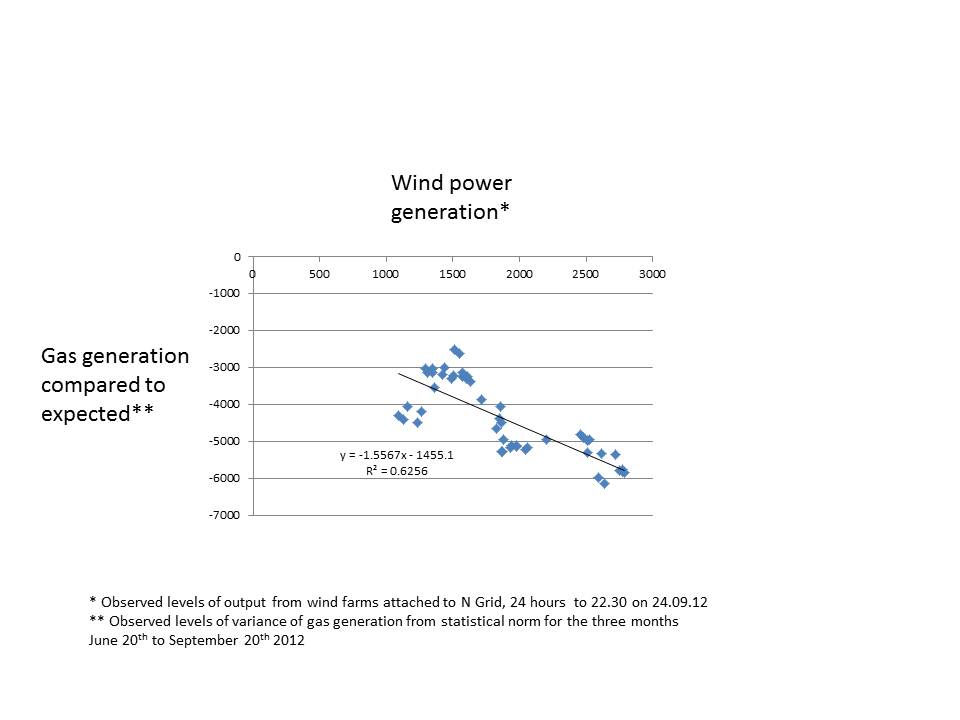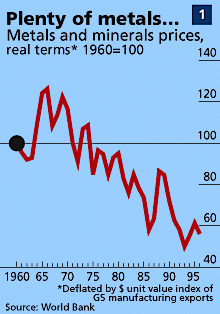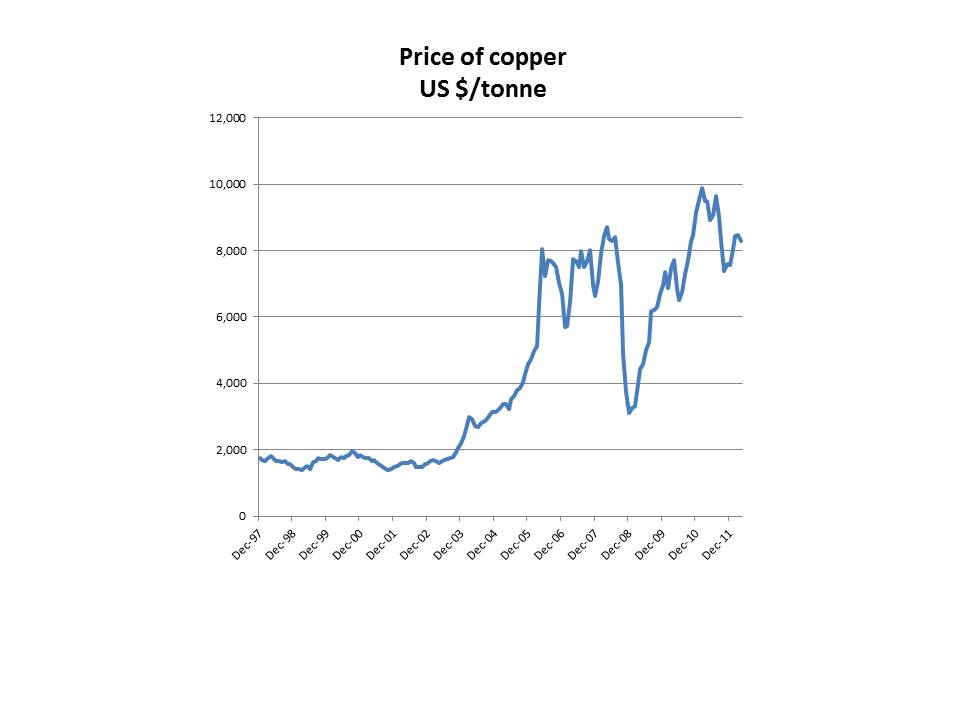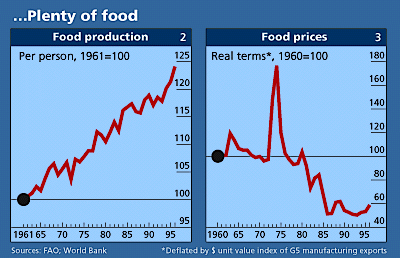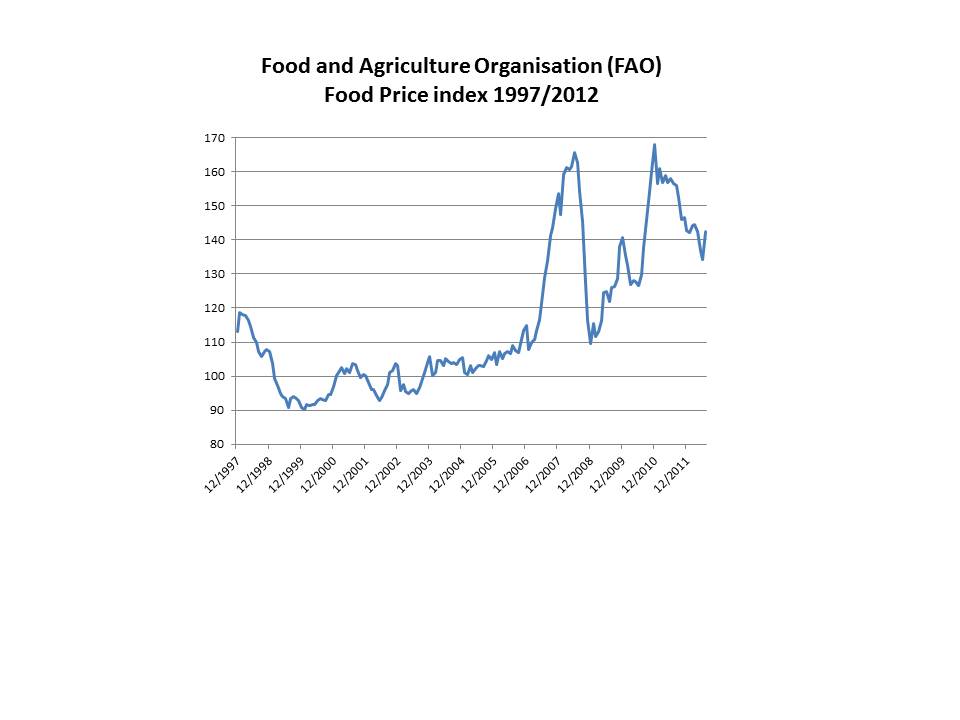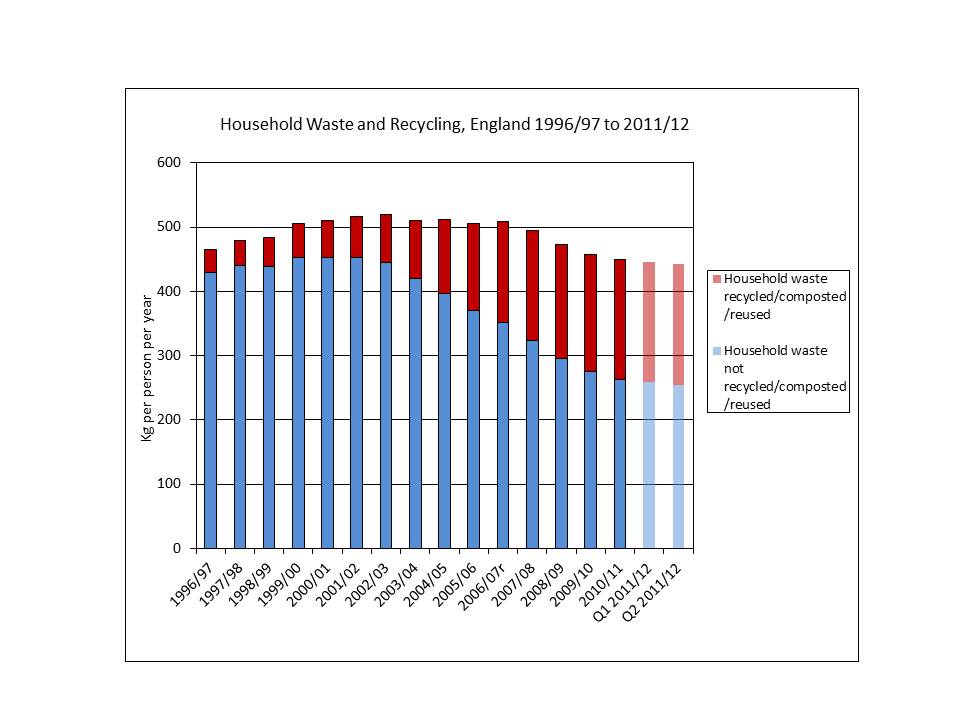In a speech on climate change to an Italian conference, Nigel Lawson concluded with a fierce attack on the honesty of China’s published policies on climate change. He said that the country has ‘no intention whatever of taking the decarbonisation route’ despite its strong public stance on climate change. China, Lord Lawson continued, ‘firmly intends to remain a carbon-based economy’. He implied that the massive growth in wind turbine installation has happened merely to ‘impress credulous foreigners’. Most of the country’s large number of highly successful solar PV manufacturers ‘are on the brink of bankruptcy’, he said. The purpose of this article is to provide some of the figures to contest Lord Lawson’s assertions.
Does China intend to remain a ‘carbon-based economy’, in Lawson’s words?
Over the last five years, China has consistently pointed to the severe impacts of climate change. This is what a government white paper said in November 2011: ‘Climate change generates many negative effects on China's economic and social development, posing a major challenge to the country's sustainable development.’ The government further says that ‘China is one of the countries most vulnerable to the adverse effects of climate change’.
Across the world ‘In recent years, worldwide heat waves, droughts, floods and other extreme climate events have occurred frequently, making the impact of climate change increasingly prominent’. The government’s response has been to introduce some of the most aggressive carbon reduction programmes in the world. It claims ‘remarkable results’ and that the current five year plan ‘established the policy orientation of promoting green and low-carbon development, and expressly set out the objectives and tasks of addressing climate change.’
Can we believe these statements any more than similar claims made by other governments? Or should we follow the Lawson line that China is dishonestly pretending to back renewable energy in order to increase the sales of its PV and wind turbine manufacturers? This question matters enormously: if China continues to expand its economy on the back of increased use of coal, the prospects for an early peak in global emissions are substantially reduced.
China’s share of installations of the major renewable technologies
Chinese companies have aggressively expanded the number and average size of renewable energy projects. Table 1 gives an estimate of the share of total global installations.
Installed capacity at end 2011 (in Gigawatts or GW)
|
World capacity
|
China capacity
|
China share
|
|
|
|
|
| Hydro |
970
|
210
|
22%
|
| PV |
70
|
3
|
4%
|
| Wind |
238
|
62
|
26%
|
In other words, China has over a quarter of the world’s total wind generating capacity. Chinese wind resources are substantial, particularly in the west of the country and huge further expansion is possible. One source suggests a potential of over 2,000 gigawatts. Nevertheless Lawson asserts that the huge number of Chinese turbines is nothing more than a front for the sales efforts of its manufacturers, stating that ‘almost half’ are not actually connected to the electricity grid. This assertion is incorrect. Just over 50 GW of capacity was delivering power in June 2012, or almost 80% of the installed wind turbines. It is certainly true that large amounts of investment are needed to connect wind farms in the west of China to industry and homes in the east. While this is happening wind farms often have to wait for new transmission lines. But no electricity company in the world erects turbines without planning to have them generate revenue from the sale of power.
China has almost a quarter of worldwide hydro-electric power capacity. The massive Three Gorges dam, which finally reached full power this year, is the most important of its plants but is only about 10% of China’s total hydro capacity. Several other huge projects are under construction.
Until last year, most of China’s solar panels were exported. The high feed-in tariffs in Italy and Germany provided a substantial market and helped push the cost of PV down to less than half the figure of even a few years ago. The Chinese government responded by introducing its own PV feed-in tariff and local installations soared in 2011.
New capacity in 2011
China’s investment in renewable technologies in 2011 dwarfed all other countries.
Capacity added in 2011 (Gigawatts or GW)
|
World growth in 2011 |
China growth |
China share of growth |
|
|
|
|
| Hydro |
25
|
12
|
49%
|
| PV |
30
|
2.5
|
8%
|
| Wind |
40
|
18
|
44%
|
Of the 40 GW of wind power added worldwide, China’s share was almost half. The figure was about three times that of the USA, the next most important market. A similar share of new hydro capacity was gained. China’s PV installation were smaller, but grew from a very much smaller base. The country completed by far the world’s single largest PV farm in 2011, a park of about 200 MW.
Share of investment captured by renewables
According to the respected industry newsletter Platts Power in Asia, China invested about $53bn in electricity generation and transmission in the first seven months of this year.(1) This was split roughly 50:50 between transmission and new power stations.
Share of electricity capital expenditure
| Power generation |
51% |
|
|
| Of which, fossil fuel power |
14% |
| Of which, non fossil power |
36% |
|
|
| Power distribution (‘the grid’) |
49% |
Similar total amounts were invested in the corresponding months of 2011. The percentage of all expenditure devoted to renewables and nuclear was also about 36% in that year. The share devoted to fossil fuel plants fell from 17% to 14% between 2011 and 2012. The impression conveyed by Lawson that China continues to emphasise investment in fossil fuel sources is wrong: China puts over twice as much money into low carbon technologies as it does into coal and gas power stations.
Low carbon technologies require much more capital investment per unit of expected annual electricity output. (On other hand they cost much less in annual operating expenses). As a result of its investment China added about 31 GW of new electricity capacity in the first seven months, of which about 18 GW uses fossil fuel. Wind and hydro was about 11 GW. I cannot find an accurate figure for solar PV but it was probably about 2 GW. (For comparison, the total fossil fuel generation capacity of the UK is about 70 GW).
Share of electricity generation held by renewables and nuclear
China’s economy continues to grow at high rates. Electricity demand now grows substantially less fast than GDP as a result of energy efficiency improvements, particularly in industry. Measured power generation rose only 2% between July 2011 and July 2012. In this period, electricity production from fossil fuels actually fell from 337 to 322 terawatt hours. (For reference, total UK electricity use is about 350 Terawatt hours a year).
Coal and gas generation is still almost three quarters of total electricity production. But non-carbon sources produced 26% of Chinese electricity in July 2012, up from 20% a year earlier. This increase was largely due to higher rainfall levels improving hydro production from 68 to 92 terawatt hours. But wind power rose by over 50 % to provide 1.5% of total Chinese electricity.
Lord Lawson threw several insults at the Chinese wind industry. As well as claiming that ‘almost half’ the turbines are not connected, he said that wind would not reach 1.5% of electricity production until 2015. July 2012 proved him wrong.
Lawson also said that PV would only account for 0.1% of Chinese power production in 2020. Precise figures are not easily available but on the basis of the installed capacity of panels, I calculate that his pessimistic figure was also exceeded – and quite comfortably - during July 2012. As PV installations are growing at an extremely rapid rate, 2012 annual production is likely to be at least twice what Nigel Lawson predicted for 2020. Lawson’s prediction was made in August 2012, suggesting that his researchers at the Global Warming Policy Foundation are simply not keeping up with the pace of Chinese investments in clean technology. A couple of days careful research would have shown that his figures for wind and solar do not remotely reflect the current reality.
Future trends
I’ve tried to suggest so far that China is investing extremely heavily in low carbon sources of electricity and that this capital expenditure is beginning to show in the total capacity for power generation and in electricity output.
What about the longer-term future? Nigel Lawson focused his disparaging remarks on the position in 2020. Can we make reasonable estimates of the share held by renewables in eight years’ time? We have to guess at rates of electricity demand growth and forecast how much cash will continue to flow into newer types of electricity generation.
In the case of wind power, a Chinese state research organisation worked with the International Energy Agency to produce a roadmap for 2020. The report suggested a possible total of 200 GW of power, or nearly three times today’s total UK power generation capacity. Hydro will rise from about 210 GW to about 330 GW, an increase of over 50%. I cannot find an official figure for PV, but I think a figure of 70-75 GW is easily possible. Nuclear capacity is forecast by a leading state organisation to rise from about 11 GW to about 70-80 GW.
If overall electricity production rises at 5% a year – very low by the standards of the last decade but in excess of recent figures – the major renewables and nuclear will capture just under 35% of the electricity market by 2020. Biomass will add to this but I cannot find an estimate for this technology at the end of the decade. Wind will contribute over 5%, nuclear 8% and solar PV in excess of 1%. Hydro power will still dominate with about 20%.
July 2012’s electricity production figures were only 2% above a year earlier. If this pattern continued, the major renewables and nuclear would contribute over 43% of supply in 2020. But whatever the pattern of growth in demand, China’s investment in renewables and nuclear may mean that fossil fuel use barely rises in the next decade. This isn’t mistaken charity on China’s part. Though its coal reserves are large, they will only provide about 35 years of power at current rates of consumption. Oil is scarce. Natural gas reserves may be in easier supply but availability will depend on fracking. As important, the poor air quality in cities caused by coal burning is affecting health. Climate change, almost invisible in the temperate UK, is already severely affecting Chinese western regions.
Lord Lawson seems to be utterly wrong: China is making prodigious efforts to hold down its fossil fuel use in line with its international commitments and its own national self-interest.
(1) Thank you very much to Raj Gurusamy of Platts for providing me a copy of this newsletter.
